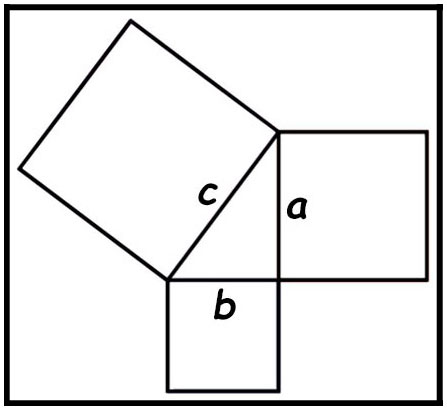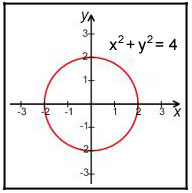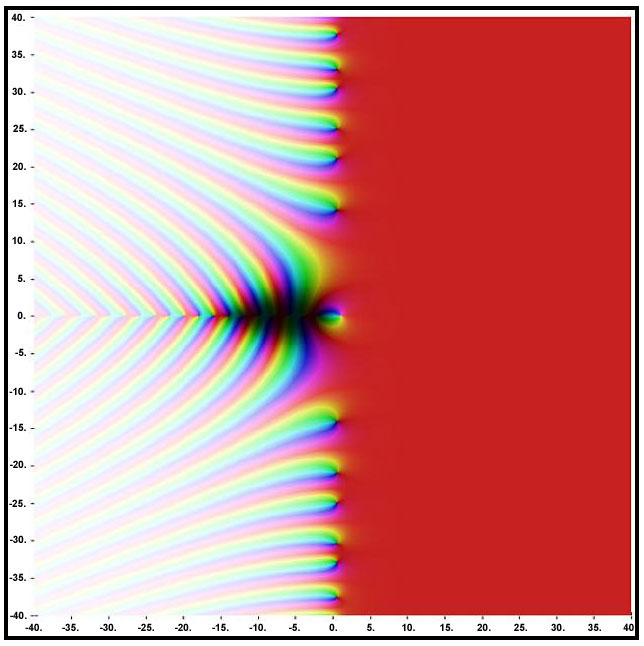Math Timeline 30,000 B.C. – Paleolithic peoples in Europe make number marks on bones. 2,000 B.C. – Babylonians use symbols for numbers; they observe that pi is approximately equal to 3.
570 B.C. - Pythagorean theorem.
c. 300 B.C. –
Euclid’s Elements is compiled. 1202 – Leonardo of Pisa publishes the Liber
Abaci and introduces the sequence of Fibonacci numbers.
~1380s - The formula for pi first discovered by Madhava of
Sangamaram. 1560s – Christiaan Huygens and Blasie Pascal discuss the foundations of a theory of probability. 1637 – Rene Descartes invents the Cartesian coordinate
system. 1666s-1670s – Isaac Newton and Gottfried Leibniz take first steps in the Differential and Integral Calculus. 1773 – Abraham de Moivre publishes work on the normal distribution as an approximation to the binomial distribution of probabilities. 1735 – Leonhard Euler solves the Konigsberg bridge problem and prepares the way for a theory of graphs. 1780 – Leonhard Euler explores the notion of a Latin square, the forerunner of modern Sudoku. 1801 – Carl Friedrich Gauss publishes Disquitiones Arithmeticae and includes the construction of the regular 17-sided polygon by ruler and compass. 1829-1831 – Nikolai Ivanovich Lobachevsky and Janos Bolyai independently publish work on “non-Euclidean” hyperbolic geometry. 1832 – Evariste Galois proposes the idea of groups of permutations in connectin with the theory of equations. 1847 – George Boole publishes the Mathematical Analysis of Logic and paves the way for the language of the modern programmable computer. 1858 – Arthur Cayley publishes his definitive paper on the “Theory of Matrices,” a theory in algebra with far-reaching consequences. 1859 – Bernard Riemann puts forward the famous “Riemann hypothesis” as a
conjecture. 1874 – Georg Cantor introduces a controversial notion of infinity. Proves that there are different types and sized of infinities (the infinite set of whole numbers is smaller than the infinite set of decimals). 1880s – Francis Galton, a cousin of Charles Darwin, introduces ideas on regression and correlation in statistics. 1882 – Ferdinand von Lindemann proves that pi is a transcendental number and consequently “squaring the circle” is impossible. 1889 – Henri Poincare encounters chaos in his entry for a competition in honor of Sweden’s King Oscar II. 1890 – Giuseppe Peano constructs his famous space filling curve prompting an overhaul of the theory of curves. 1900 – David Hilbert suggests 23 famous problems as an
agenda for mathematicians of the 20th century. 1930 – Bartel van der Waerden publishes his famous Moderne Algebra, which sets out the method of the new algebra. 1931 – Kurt Godel proves that it is possible for a formal mathematical system to contain undecidable statements. 1946 – ENIAC the first general-purpose electronic computer comes into operation. 1947 – George Dantzig outlines a theory of linear programming and formulates the Simplex algorithm. 1975 – Benoit Mandelbrot introduces fractals into geometry and indicates their widespread application. 1983 – The classification of finite simple groups is achieved and the so-called “Enormous theorem” is finally accomplished. 1994 – John F. Nash is awarded the Nobel Prize for Economics for his work on game theory. 1994 – Andrew Wiles proves “Fermat’s
last theorem” and collect the Wolfskehl prize. 2001 – Grigori Perelamn completes the proof of the Poincare Conjecture by establishing the result for dimension 3.
|






